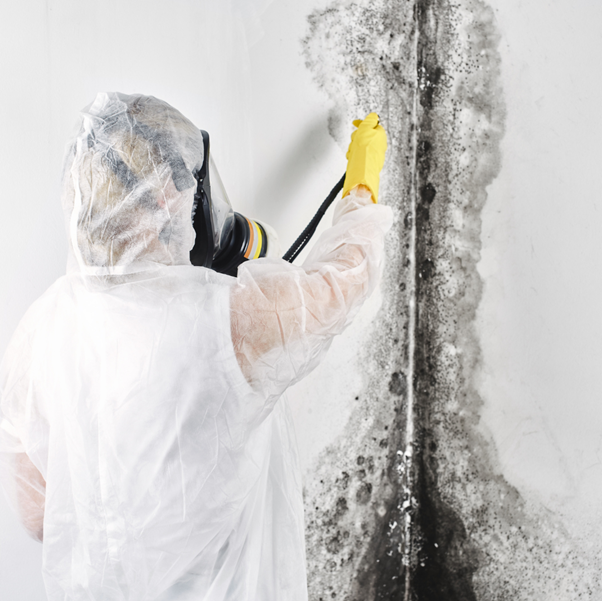Mould growth in residential and commercial environments can cause major health dangers as well as structural harm if left unchecked. Maintaining a secure and healthy environment depends on being aware of the warning signs that point to the need for mould inspection and treatment. With this, discover the telltale signs that demand prompt attention from mould detection and remediation experts.
1. Persistent Musty Odour
A persistent musty odour is often the first sign of mould growth in a building. This distinct smell is caused by volatile organic compounds (VOCs) released by mould spores as they multiply and spread. If you notice a musty or earthy smell lingering in certain areas of your property, it clearly indicates that mould may be present. Ignoring this odour can lead to further contamination and potential health issues for occupants.
2. Visible Mould Growth
Visible mould growth is an obvious sign that your property requires immediate inspection and treatment. Mould can appear in various forms, including black spots, green patches, or white powdery substances, depending on the type of mould and the surface it’s growing on. Common areas where mould is often found include bathrooms, kitchens, basements, and areas with poor ventilation. If you spot any signs of mould growth, it’s essential to address the issue promptly to prevent it from spreading and causing further damage.
3. Water Damage
Water damage, whether from leaks, flooding, or high humidity levels, creates ideal conditions for mould growth. Moisture provides the necessary environment for mould spores to thrive and colonise surfaces. Therefore, any signs of water damage, such as water stains on walls or ceilings, warped flooring, or peeling paint, should prompt immediate action. A thorough mould inspection is necessary to identify the extent of the damage and implement appropriate mould treatment measures to eliminate mould growth and prevent future recurrence.

4. Allergic Reactions and Respiratory Symptoms
Experiencing allergic reactions or respiratory symptoms can be indicative of mould exposure. Mould spores, when inhaled, can trigger allergic reactions in sensitive individuals, leading to symptoms such as coughing, sneezing, wheezing, and itchy eyes. Prolonged mould exposure can exacerbate respiratory conditions like asthma and allergies, making it imperative to address any potential mould infestation promptly. A professional mould inspection can help identify the source of the problem and implement effective treatment solutions to improve indoor air quality and alleviate health issues.
5. Deterioration of Building Materials
Mould growth can cause structural damage to building materials over time. Organic materials such as wood, drywall, and insulation are particularly susceptible to mould infestation if exposed to moisture. Signs of deterioration, such as rotting wood, crumbling drywall, or disintegrating insulation, may indicate an underlying mould problem. Ignoring these warning signs can result in costly repairs and compromise the integrity of the building. Therefore, it’s essential to address any signs of structural damage immediately through mould inspection and treatment.
6. Occupant Complaints
Property occupants reporting health issues or noticing signs of mould growth suggest the prompt need for inspection and treatment. Whether it’s employees in a commercial building or residents in a condominium, their well-being and safety should be a top priority. Taking prompt action in response to occupant complaints ensures their health and comfort and demonstrates a commitment to maintaining a healthy living or working environment.
Conclusion
Understanding the warning signals of mould growth and the need for mould treatment is essential to maintaining the building’s structural integrity and the health and safety of its occupants. Warning signs include lingering musty smells, obvious mould development, water damage, allergic reactions, deteriorating building components, and complaints from occupants. All of these indicate that mould inspection and treatment are necessary and should be done immediately. Property owners can reduce health hazards and stop more damage from mould infestation by addressing these indications as soon as they appear and placing efficient treatment solutions.
Visit Mouldgone, and don’t let mould compromise the health and safety of your family or employees.




